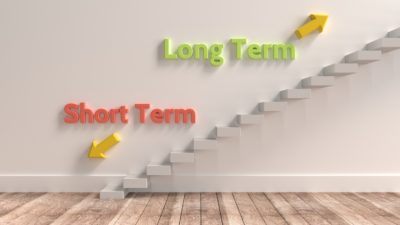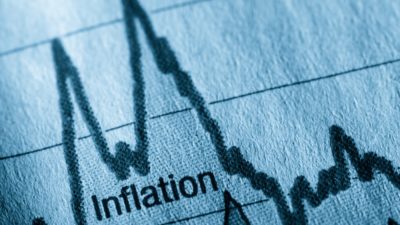The FTSE 100 has risen by more than 85% since it hit rock bottom in 2009, and bargains are getting harder to find.
I’m on the hunt for companies that still look cheap, based on their long-term earnings potential. To help me hunt down these bargains, I’m using a special version of the price to earnings ratio called the PE10, which is one of my favourite tools for value investing.
The PE10 compares the current share price with average earnings per share for the last ten years. This lets you see whether a company looks cheap compared to its long-term earnings.
Today, I’m going to take a look at the PE10 of pharmaceutical firm GlaxoSmithKline (LSE: GSK) (NYSE: GSK.US).
Is Glaxo cheap?
Glaxo is a popular share with income investors, and its size means that it forms a key part of all FTSE 100 trackers. The firm’s shares have outperformed the FTSE this year and are up by 23% so far — more than double the FTSE’s 9% gain.
Given this strong performance, do Glaxo shares still look cheap enough to buy? Let’s take a look at Glaxo’s current price-to-earnings ratio, and its PE10:
| Trailing P/E |
PE10 | |
|---|---|---|
| GlaxoSmithKline | 14.8 | 20.0 |
Glaxo’s long-term PE10 of 20.0 looks quite expensive, and suggests that Glaxo is quite fully valued, when compared to its average reported earnings over the last ten years.
However, analysts tend to use adjusted earnings to calculate P/E ratios, and on this measure Glaxo trades on a trailing twelve month P/E of 14.8, slightly lower than the FTSE 100 average of 17.
Analysts’ consensus forecasts suggest that Glaxo’s adjusted earnings will be largely unchanged this year, making its valuation look quite supportable, especially given the pharmaceutical firm’s dividend yield of 4.4%, which is almost 50% more than the FTSE 100 average of 3%.
Is Glaxo a buy?
In my view, Glaxo’s current valuation is reasonable, thanks to its above-average yield and its long-term growth prospects.
Although the firm’s current bribery scandal in China is unfortunate, I don’t believe it will affect Glaxo’s long-term prospects: consumers in emerging markets are gradually going to gain access to Glaxo products that we take for granted, fuelling major long-term growth.
In my view, Glaxo is fairly priced at the moment, but its long-term prospects and income justify a cautious buy rating. I intend to gradually accumulate more Glaxo shares, buying on any temporary dips.
Can you beat the market?
If you already own shares in GlaxoSmithKline, then I’d strongly recommend that you take a look at this special Motley Fool report. Newly updated for 2013, it contains details of top UK fund manager Neil Woodford’s eight largest holdings.
Mr. Woodford’s track record is impressive: if you’d invested £10,000 into his High Income fund in 1988, it would have been worth £193,000 at the end of 2012 — a 1,830% increase!
This special report is completely free, but availability is limited, so click here to download your copy immediately.
> Roland owns shares in GlaxoSmithKline.







